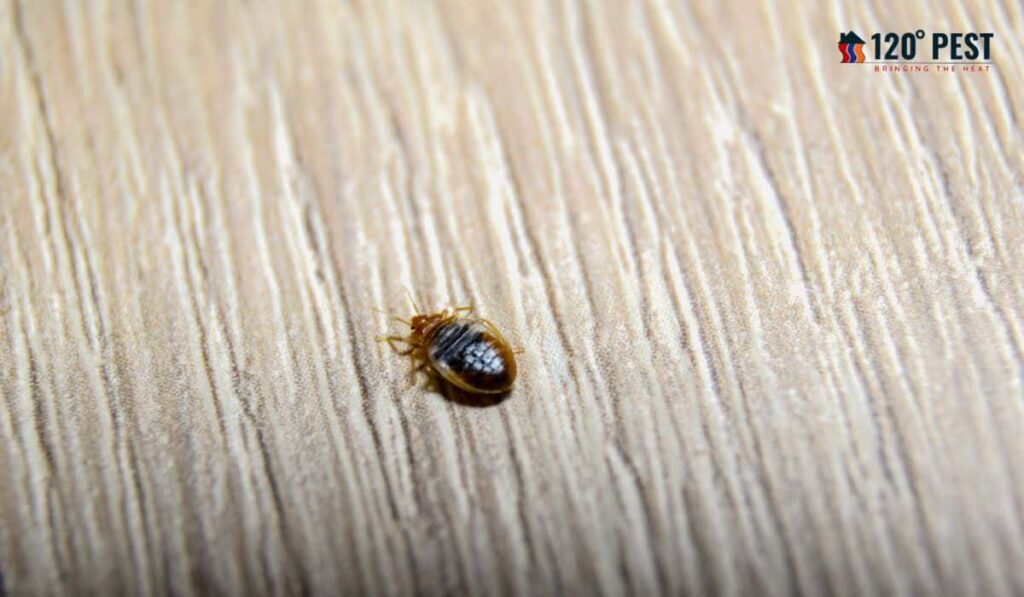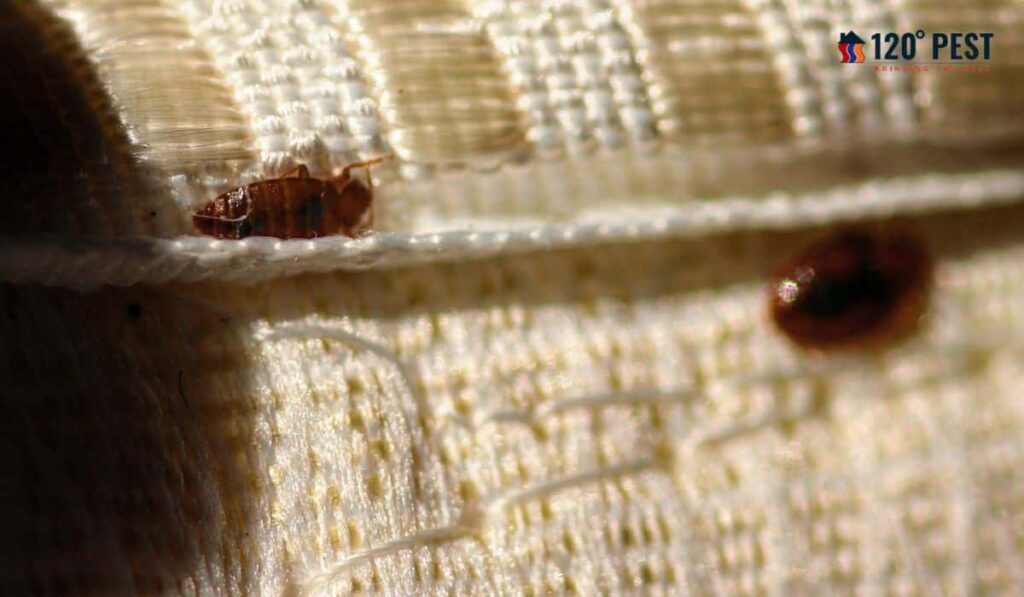Bed bugs are notorious pests that can quickly turn your peaceful night’s sleep into a nightmare.
These tiny, blood-sucking insects have been a nuisance to humans for centuries.
While their presence is unwelcome, it’s essential to understand the various methods available to tackle bed bug infestations.
In this article, we will explore the pros and cons of traditional and modern bed bug treatment methods to help you make an informed decision.
Understanding Bed Bugs
Before delving into treatment methods, let’s have a brief understanding of bed bugs.
These insects, scientifically known as Cimex lectularius, are flat, oval-shaped, and reddish-brown.
They feed on the blood of humans and animals, primarily at night.
Bed bugs are excellent hiders, often making it challenging to spot them during the day.
Traditional Bed Bug Treatment Methods
- Steam Treatment
Steam treatment is a widely used traditional method.
It involves using high-temperature steam to kill bed bugs and their eggs.
This method is effective in eliminating bed bugs hiding in cracks and crevices.
- Pesticides
Pesticides have been the go-to method for bed bug control for many years.
Various chemical sprays are available for both professional and DIY use.
They kill bed bugs upon contact and provide residual protection.
Modern Bed Bug Treatment Methods
- Heat Treatment
Heat treatment is a modern approach that uses high temperatures to exterminate bed bugs.
Specialized equipment is used to heat the infested area, ensuring that bed bugs at all life stages are eliminated.

- Cryonite Treatment
Cryonite treatment is the exact opposite of heat treatment.
It uses extremely cold temperatures to freeze and kill bed bugs.
This method is chemical-free and eco-friendly.
Pros of Traditional Bed Bug Treatment Methods
- Proven Track Record
Traditional methods like pesticides and steam treatments have a proven track record of effectively eliminating bed bugs.
- Cost-Effective
These methods are often more budget-friendly, making them accessible to a wider range of individuals.
Cons of Traditional Bed Bug Treatment Methods
- Chemical Exposure
Pesticides involve the use of chemicals that may be harmful to humans and pets if not used properly.
- Resistance
Over time, bed bugs have developed resistance to some traditional pesticides, making them less effective.
Pros of Modern Bed Bug Treatment Methods
- Non-Toxic
Modern methods like heat and cryonite treatments are non-toxic and safe for humans and pets.
- Effective
These methods are highly effective, even against pesticide-resistant bed bugs.
Cons of Modern Bed Bug Treatment Methods
- Cost
Modern treatments can be more expensive, especially the professional services.
- Preparation Required
Preparation for heat treatment, for instance, can be labor-intensive, involving removing items from the infested area.
Perplexity in Choosing
With so many options available, choosing the right bed bug treatment method can be perplexing.
The decision depends on factors such as the extent of infestation, budget, and personal preferences.
Burstiness in Bed Bug Infestations
Bed bug infestations can quickly escalate, leading to a burst of anxiety and discomfort.
Quick action and the right treatment method are crucial to address the issue effectively.
The Importance of Professional Help
While some DIY treatments can be effective, it’s often wise to seek professional pest control services.
Professionals have the expertise and equipment to deal with bed bug infestations, ensuring they are eradicated thoroughly.
Conclusion
In the battle against bed bugs, the choice between traditional and modern treatment methods is significant.
Traditional methods are cost-effective and have a proven track record, but they come with their downsides like chemical exposure and resistance.
On the other hand, modern methods are non-toxic and highly effective, but they may be more expensive and require thorough preparation.
In the end, the choice should be based on the specific circumstances of your infestation.

Seeking professional help is often the safest and most effective route.
Don’t let bed bugs disrupt your life; take action to eliminate them promptly.
FAQs
Are modern bed bug treatments completely chemical-free?
Yes, modern treatments like heat and cryonite methods are chemical-free, making them safe for humans and pets.
How do I prepare for a heat treatment for bed bugs?
Preparation for heat treatment involves removing items from the infested area and following specific guidelines provided by professionals.
Can I use DIY methods for bed bug treatment?
DIY methods can be effective for small infestations, but professional help is recommended for larger or persistent problems.
How long does it take to see results with modern treatments?
Modern treatments often yield faster results, with significant reductions in bed bug populations within a few days.
What should I do if traditional treatments don’t work?
If traditional treatments prove ineffective, it’s advisable to consult with a pest control professional who can explore modern treatment options.
Can bed bugs transmit diseases to humans?
Bed bugs are not known to transmit diseases, but their bites can cause itching and discomfort.
How can I prevent a bed bug infestation in the first place?
To prevent bed bugs, regularly inspect your living space, avoid bringing in secondhand furniture of unknown origin, and be cautious when traveling to prevent hitchhikers.
Do bed bugs only infest beds, or can they be found elsewhere in the home?
While bed bugs are often found in or near beds, they can infest other areas of your home, including sofas, chairs, and even electrical outlets.
Are there any natural remedies for bed bug control?
While some natural remedies like diatomaceous earth can help, they are often less effective than professional treatments for larger infestations.




